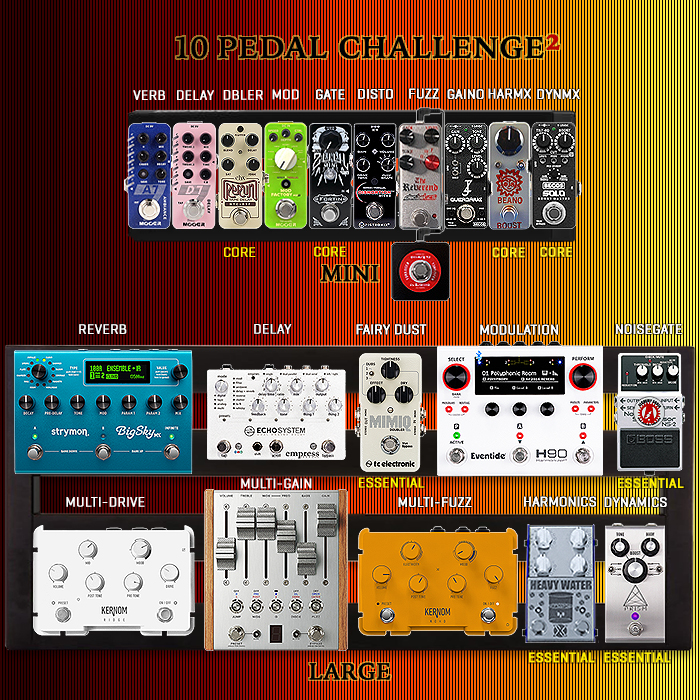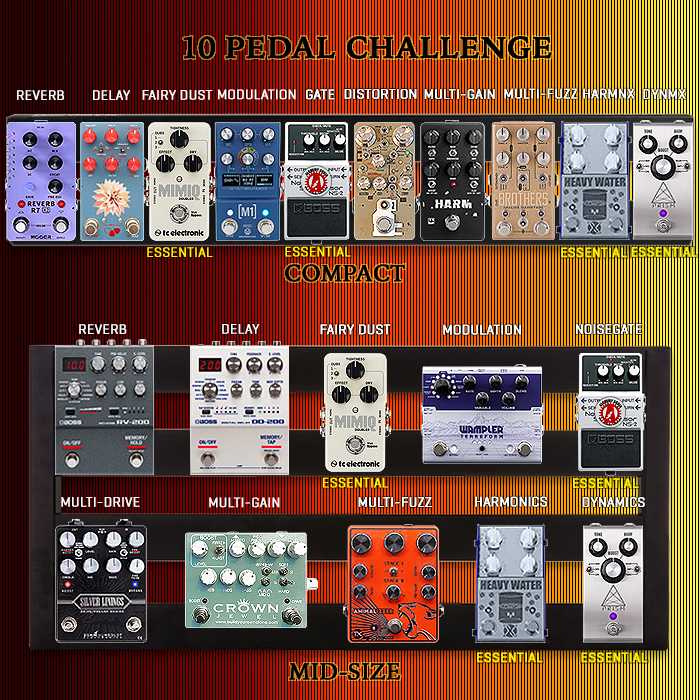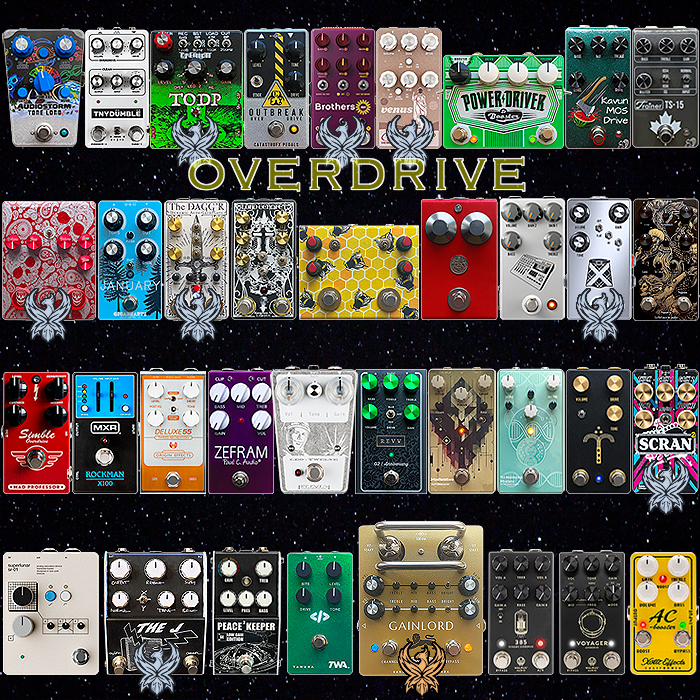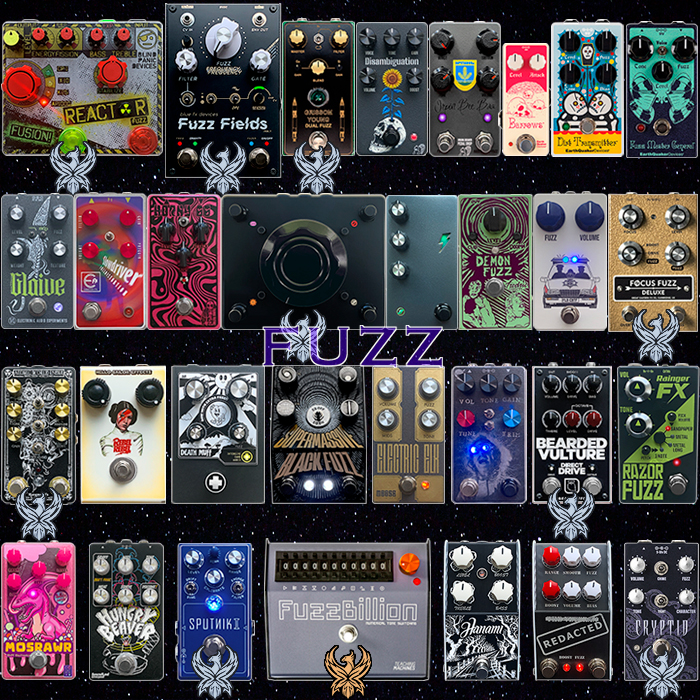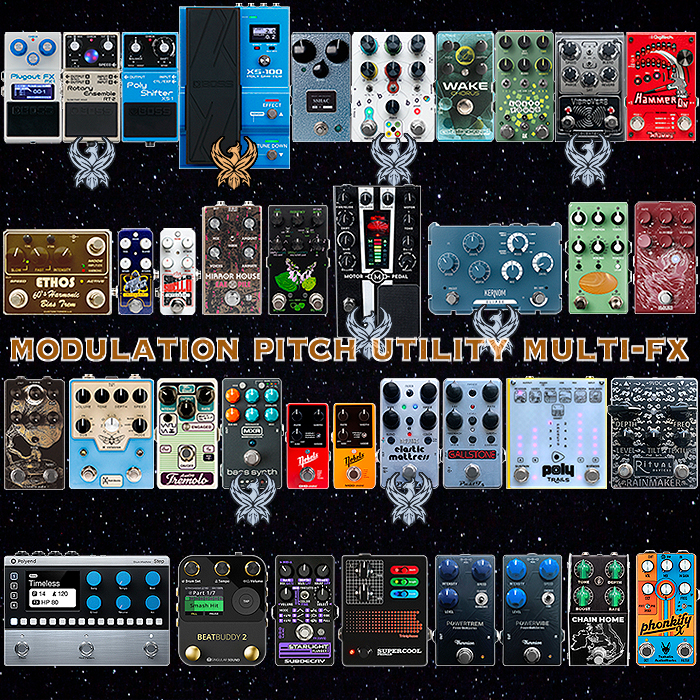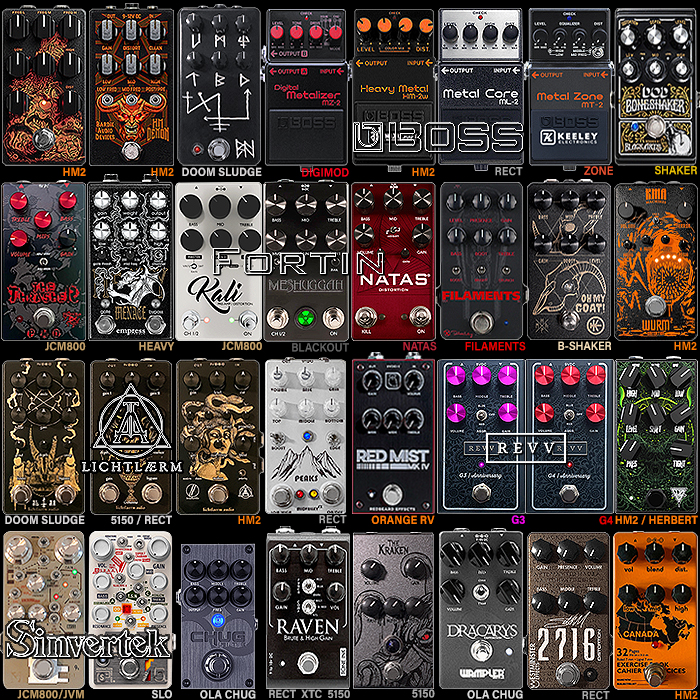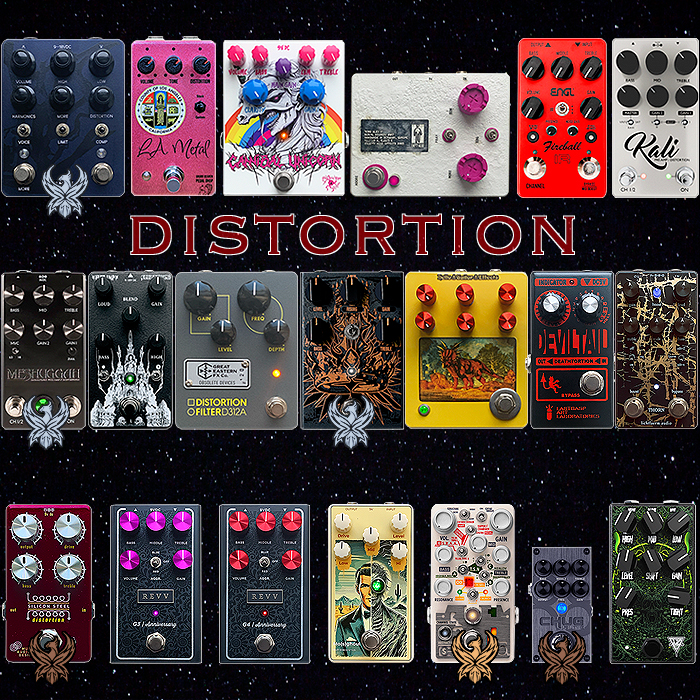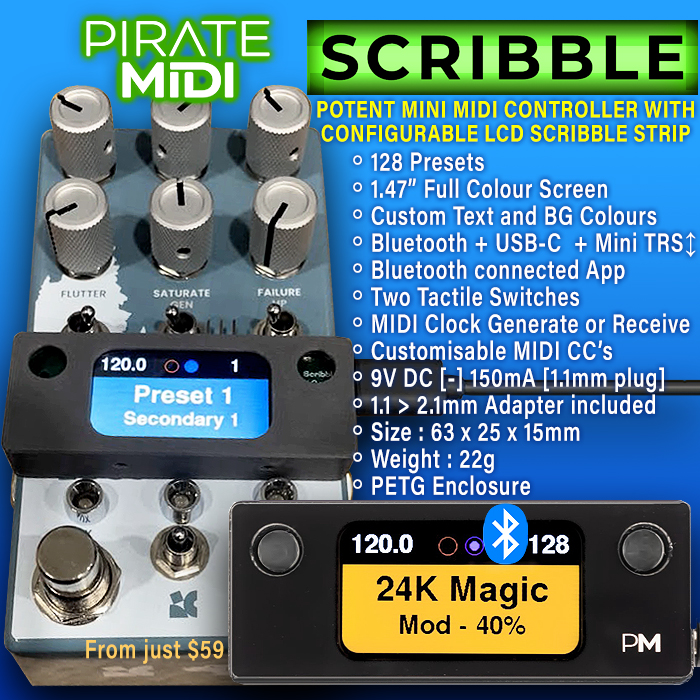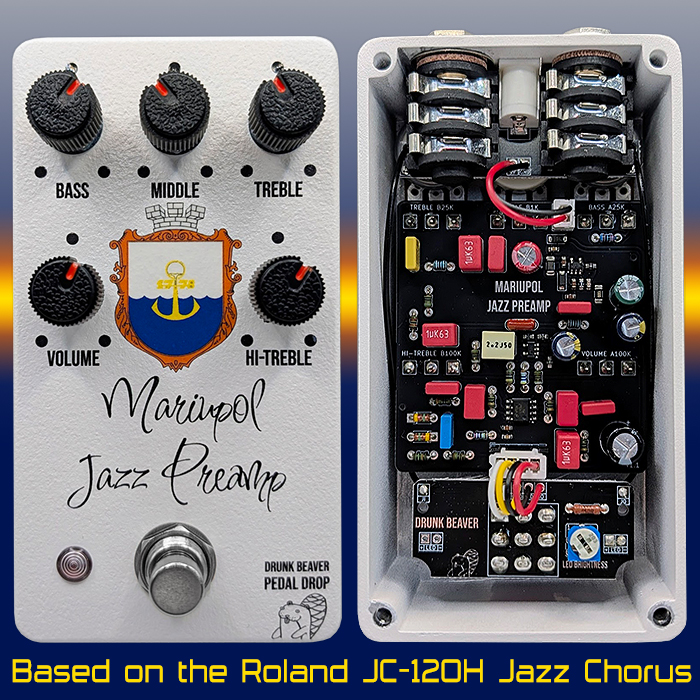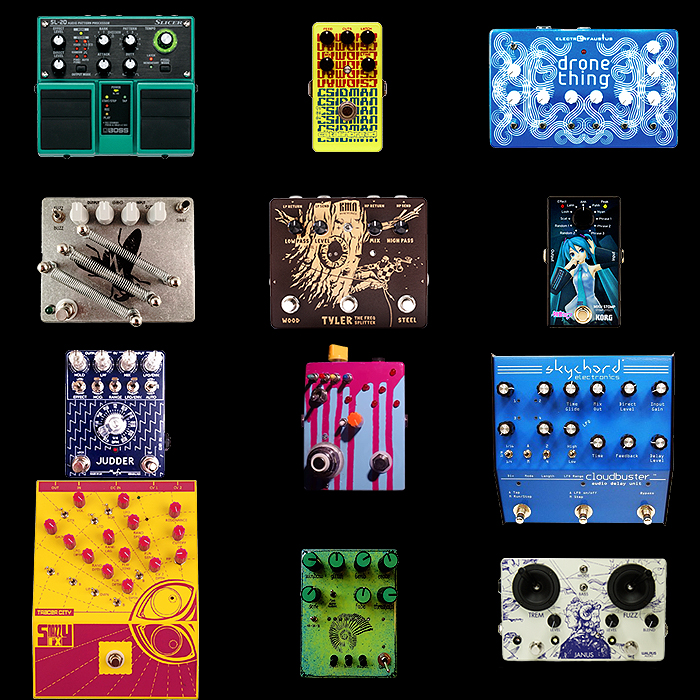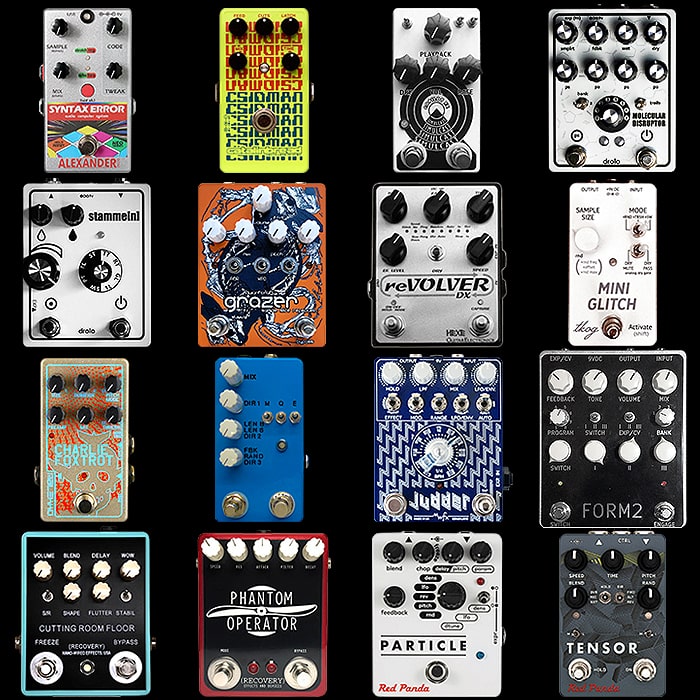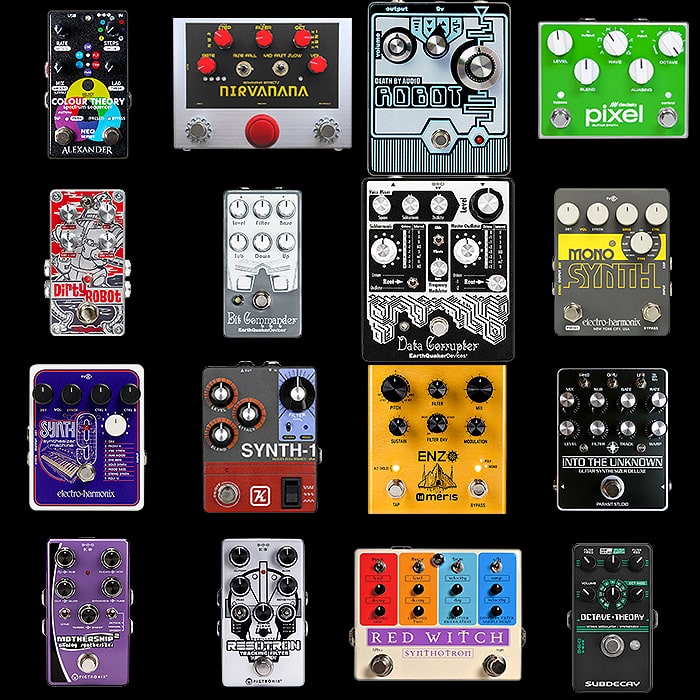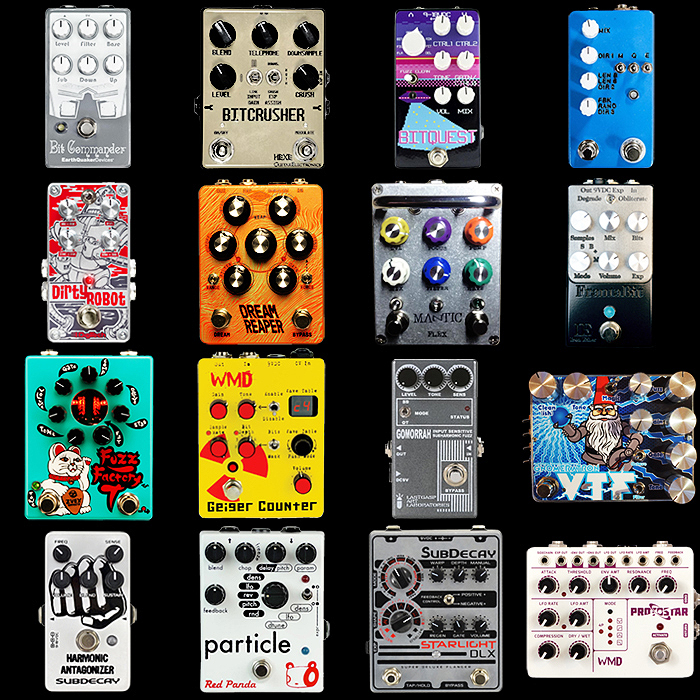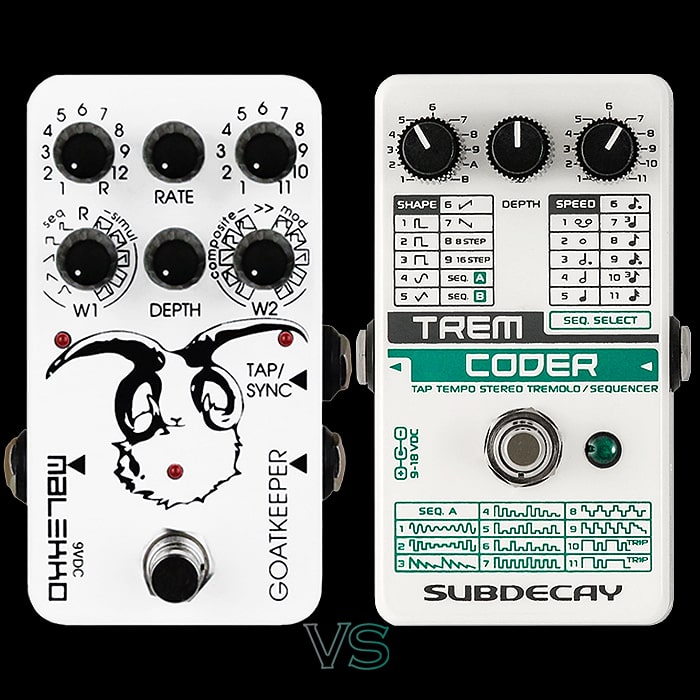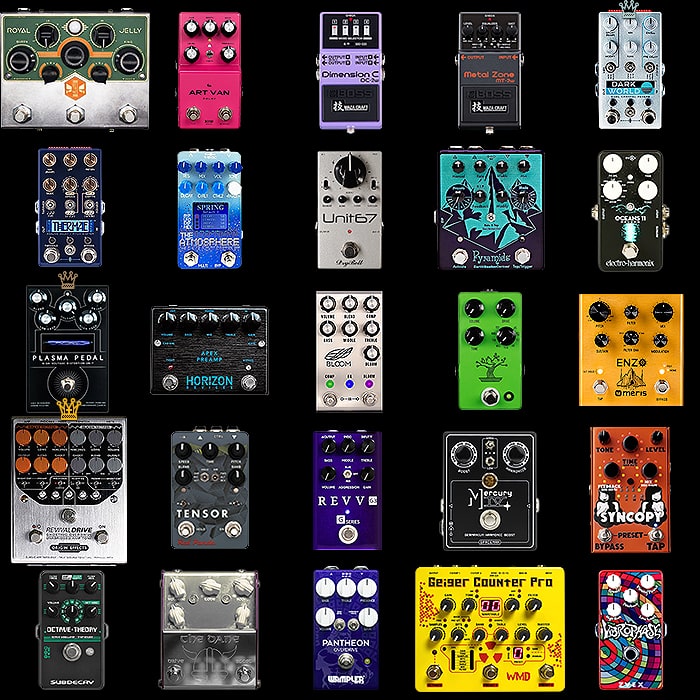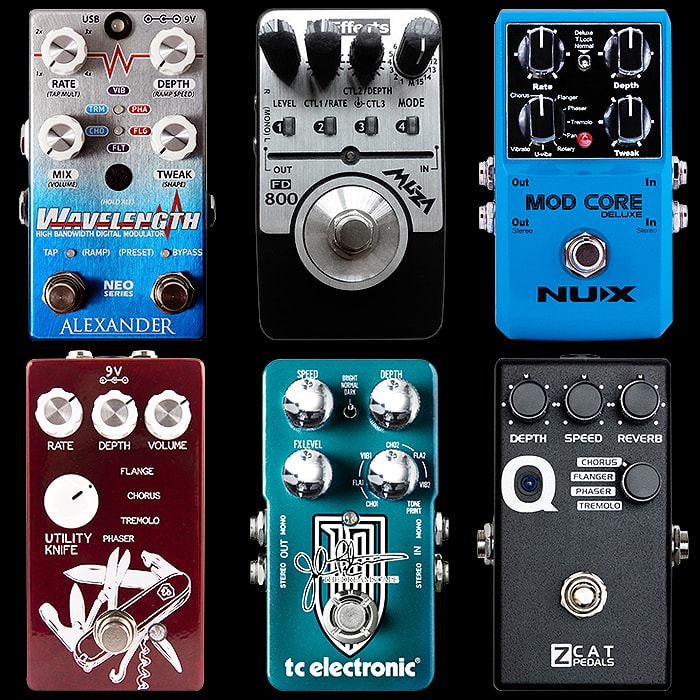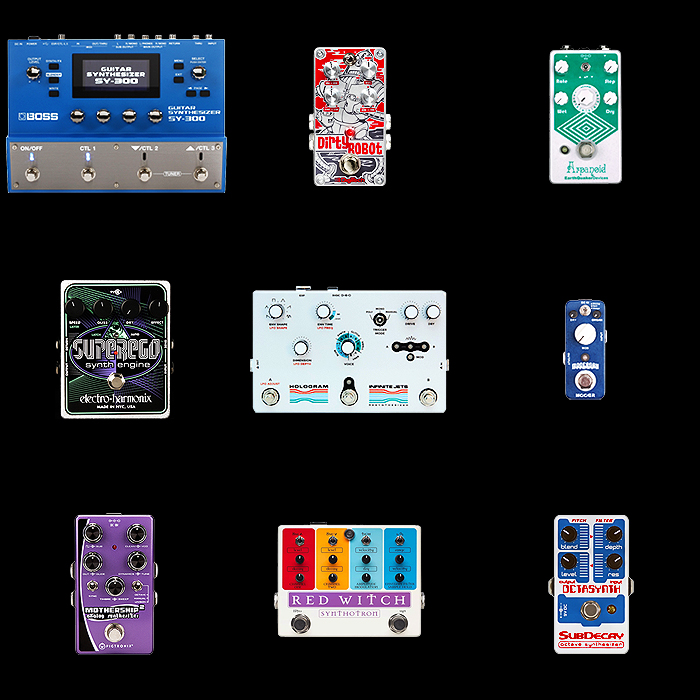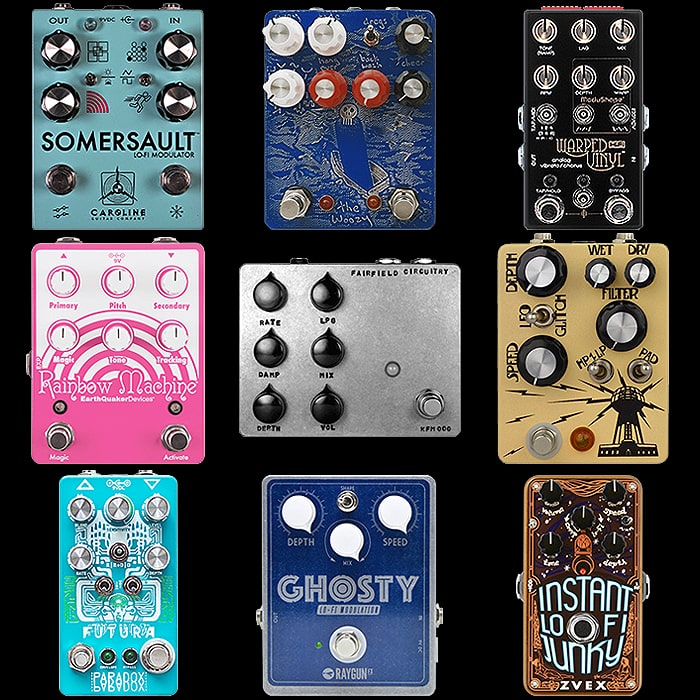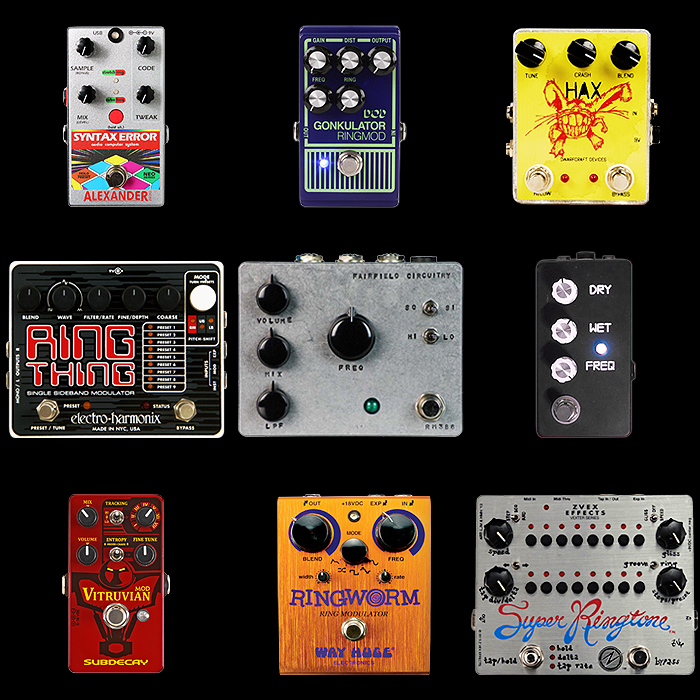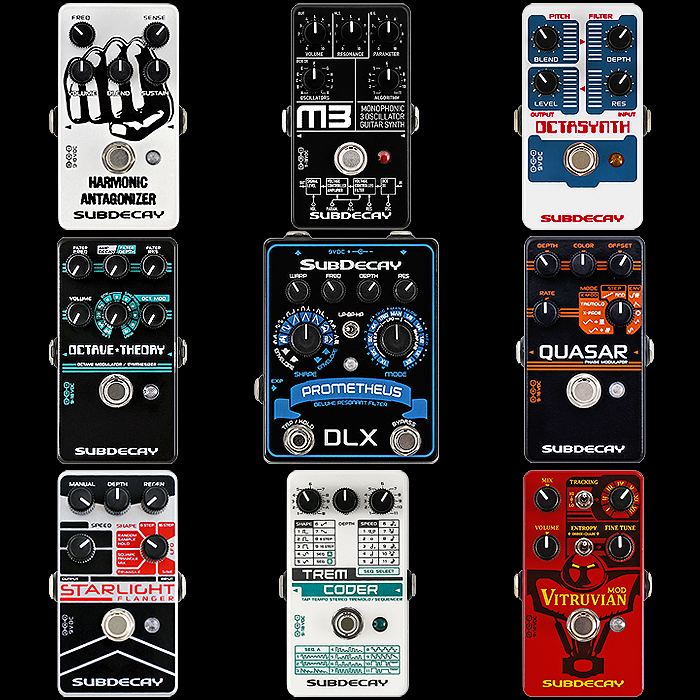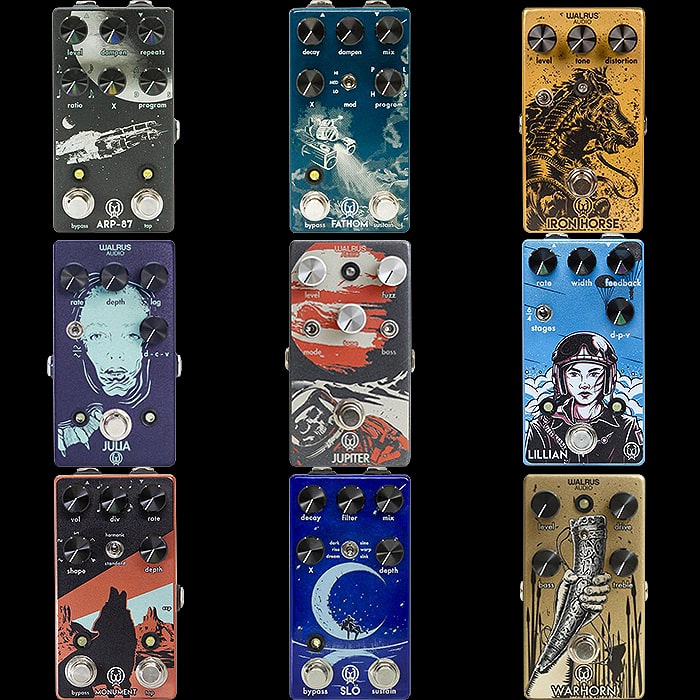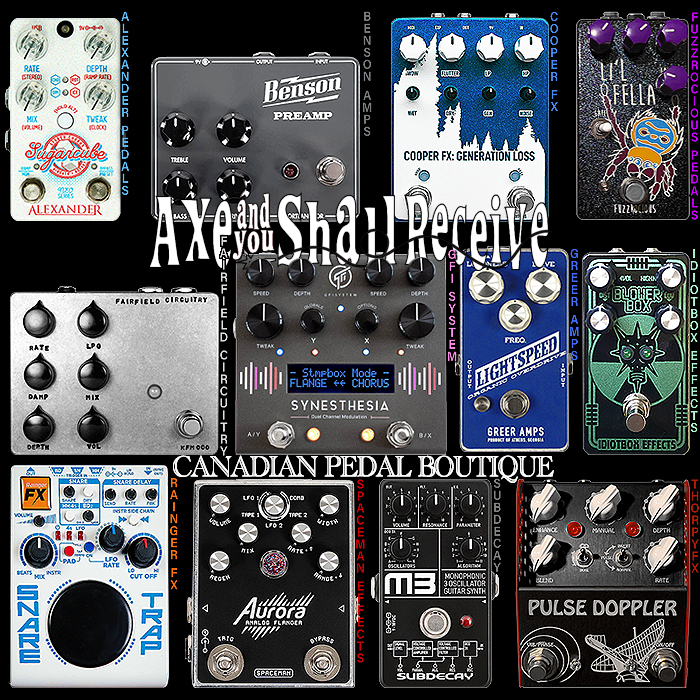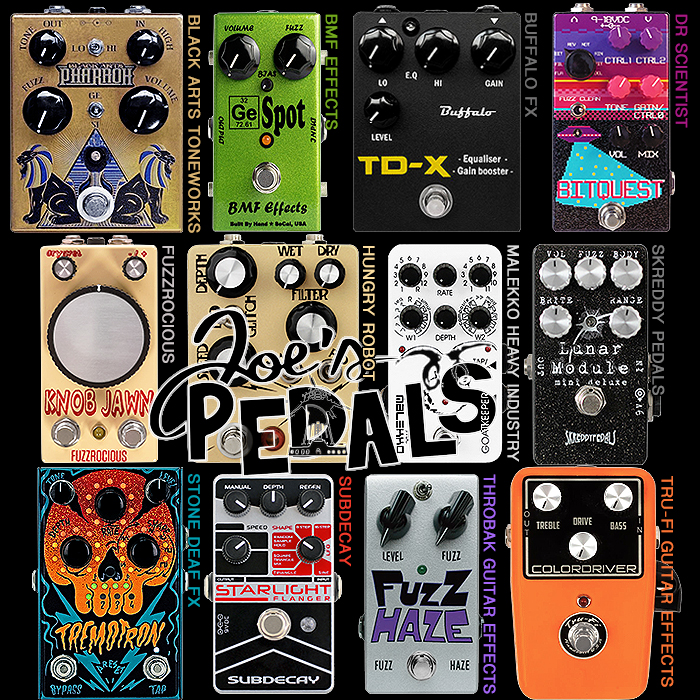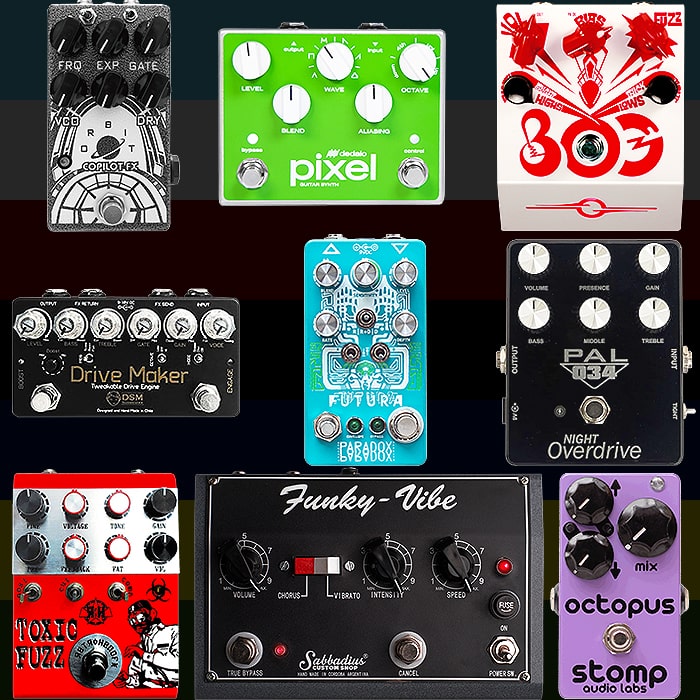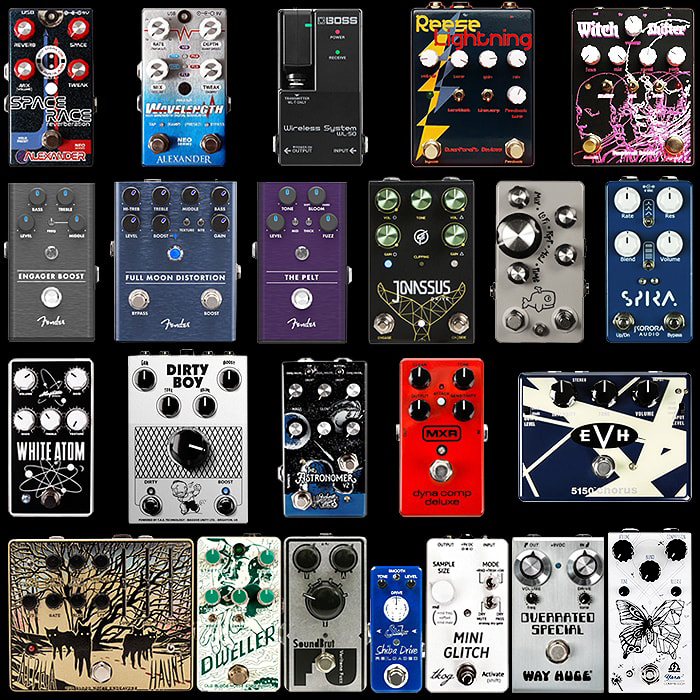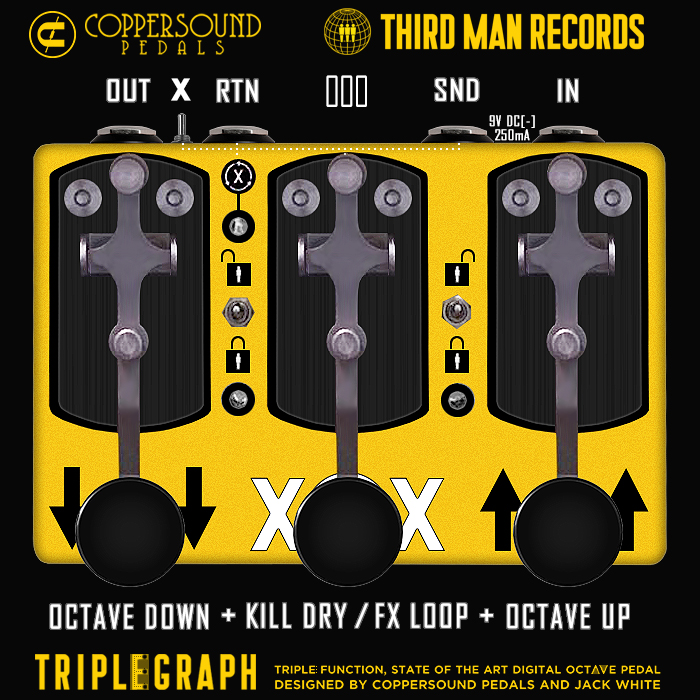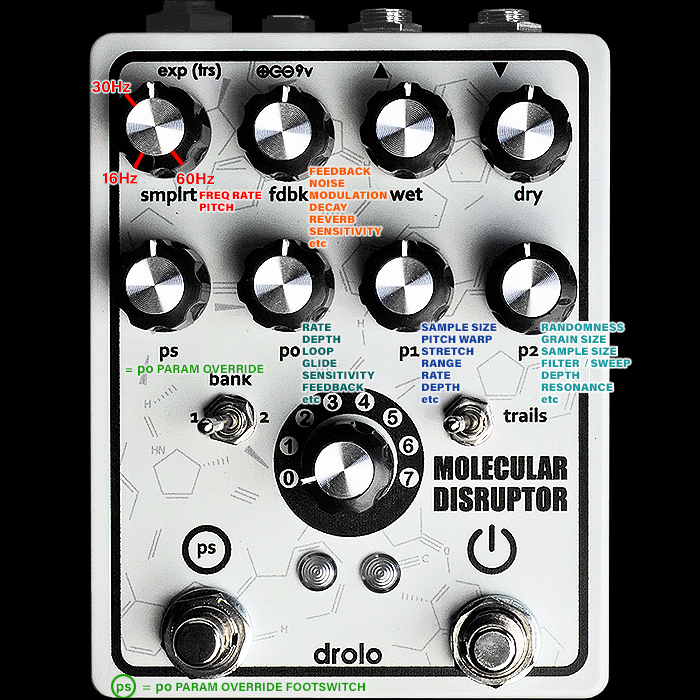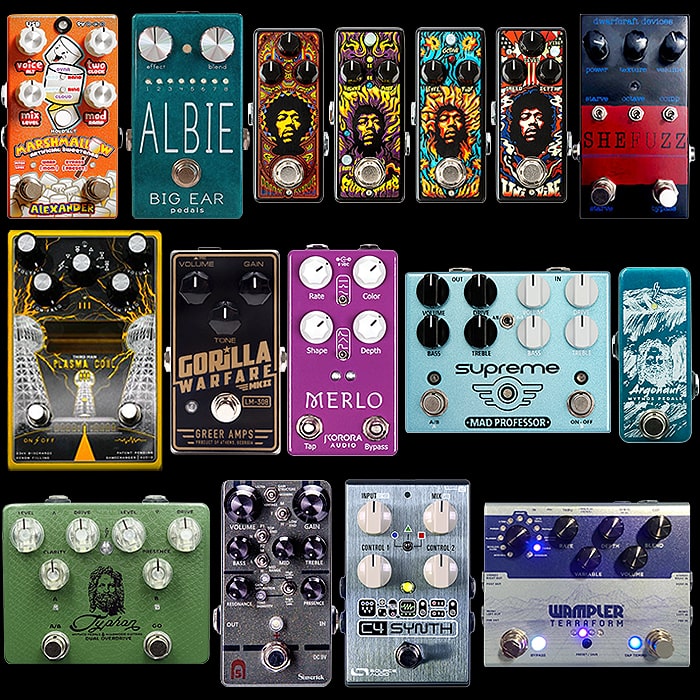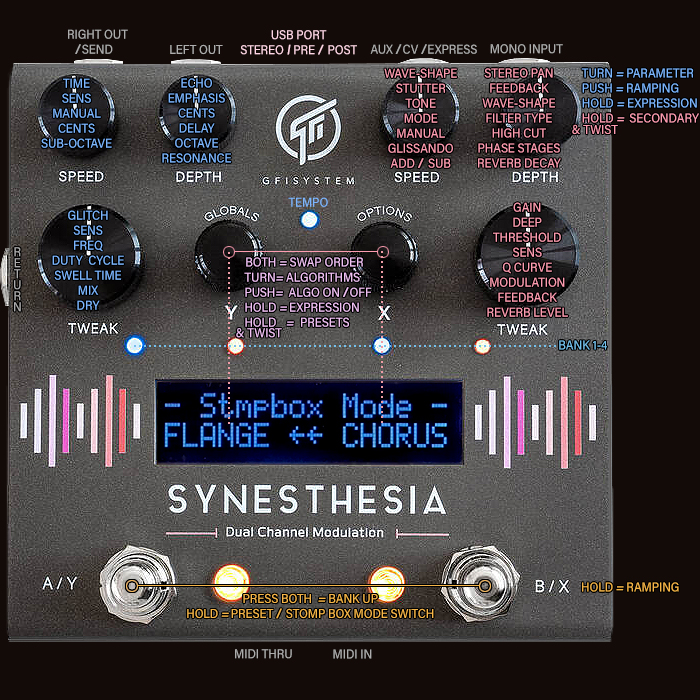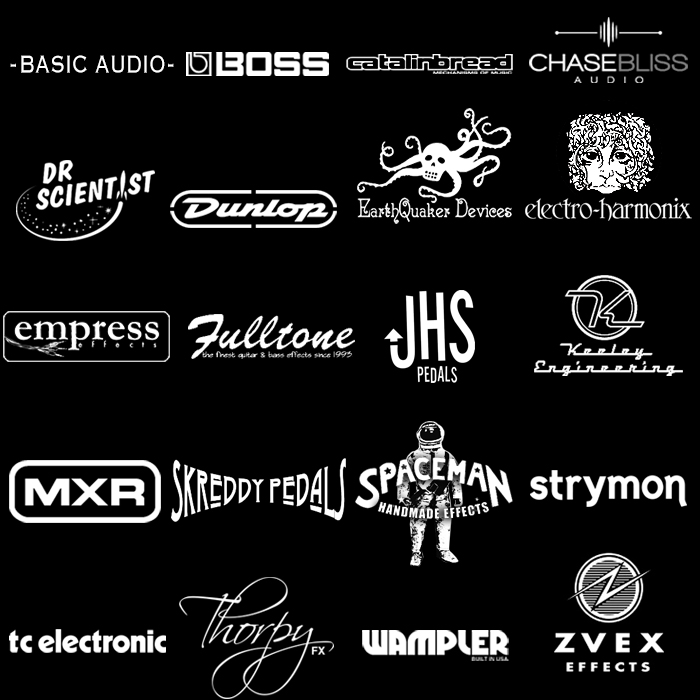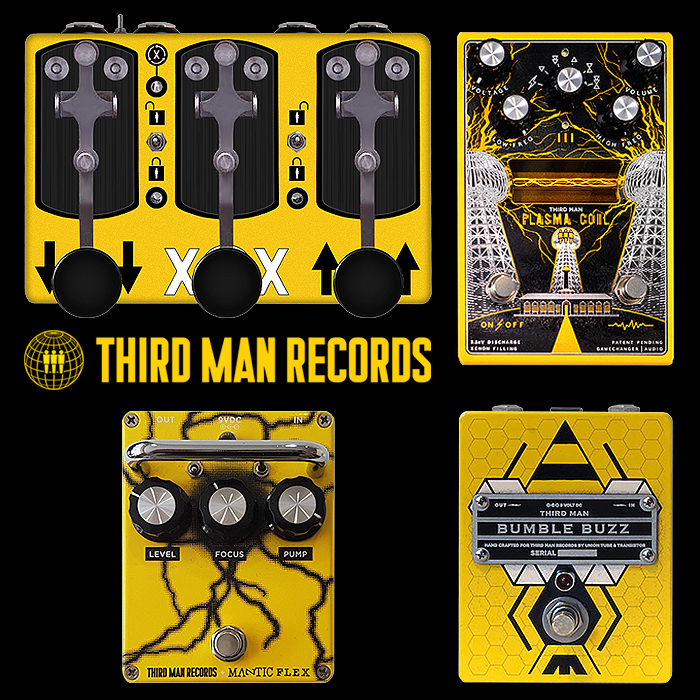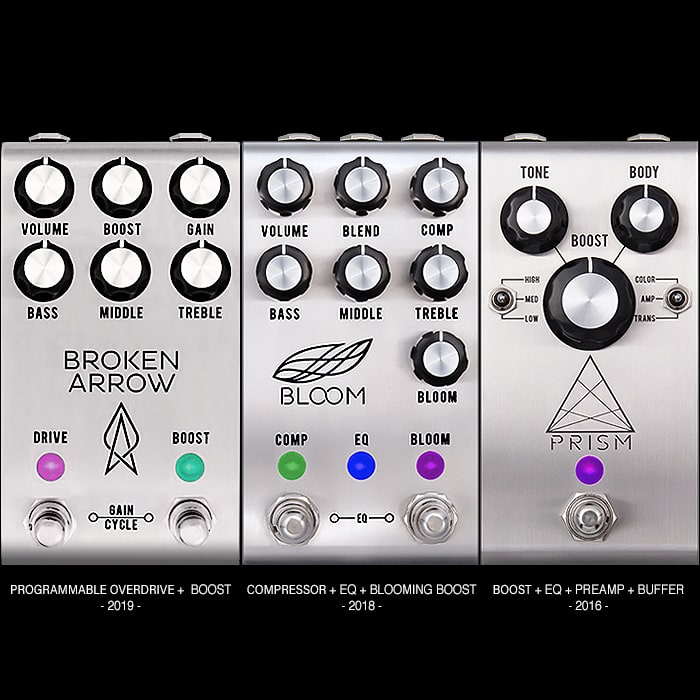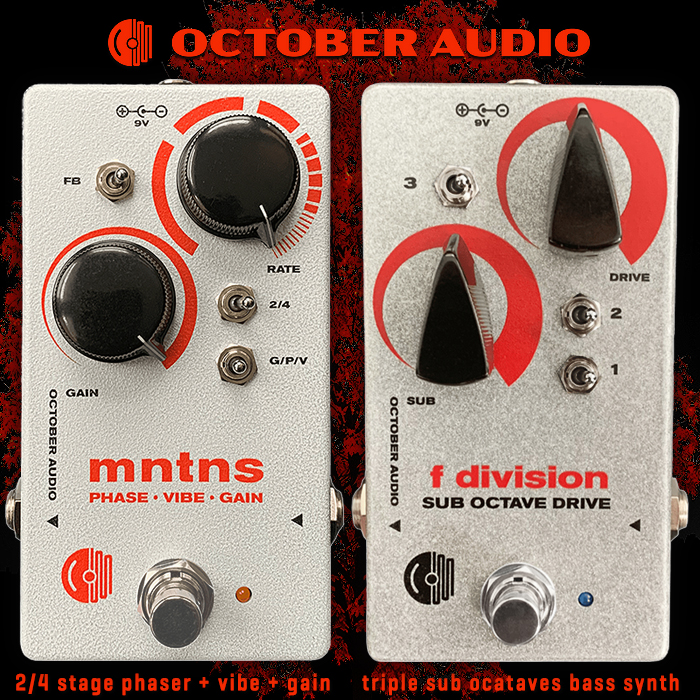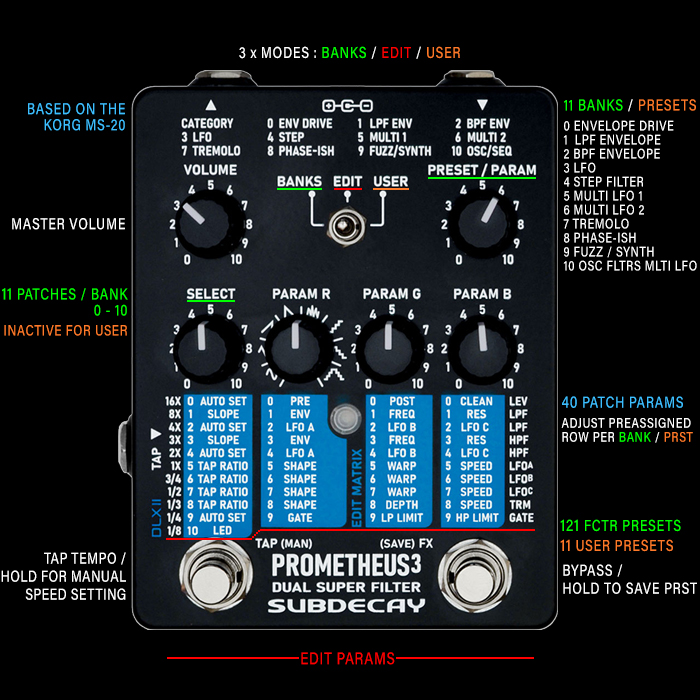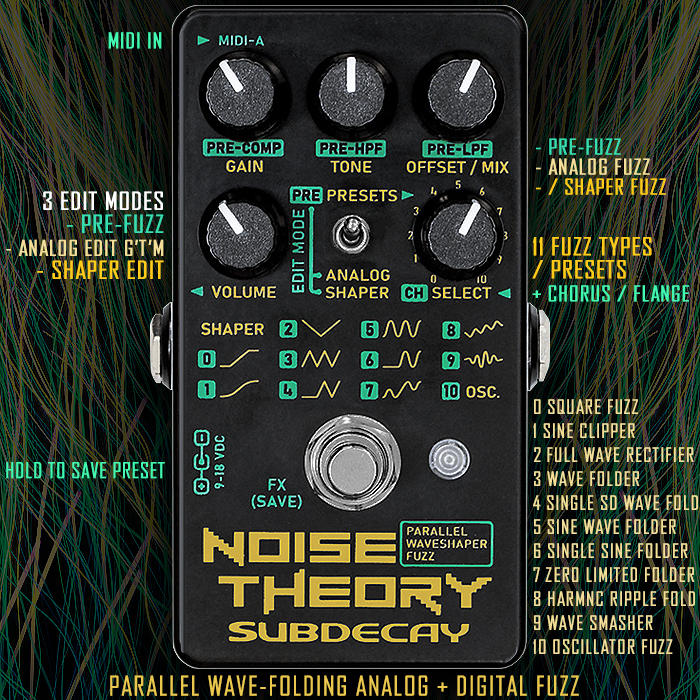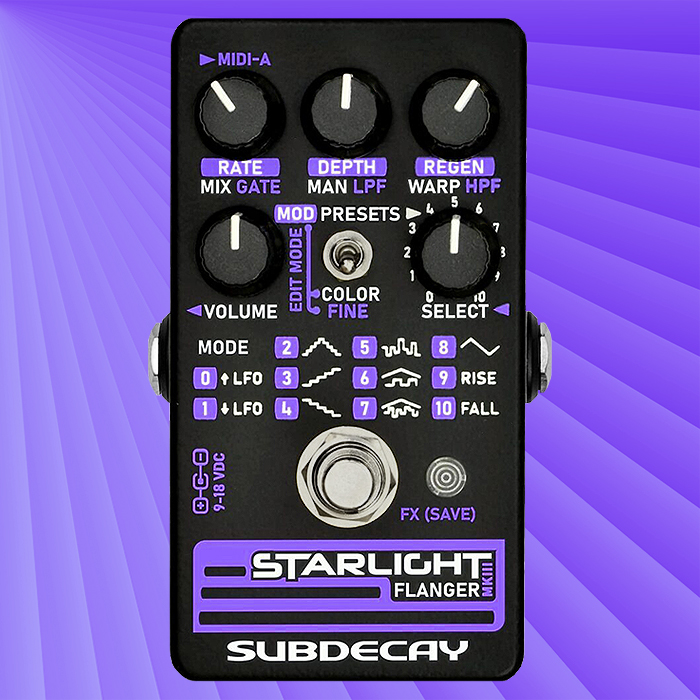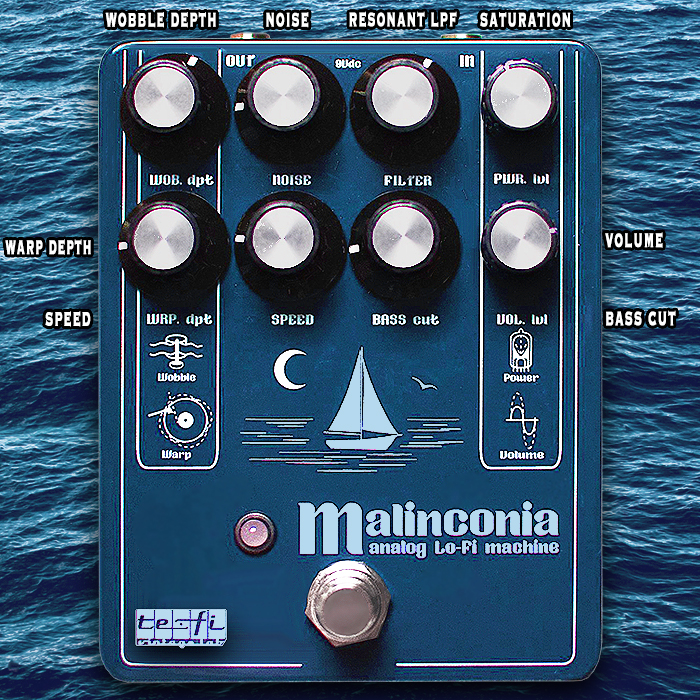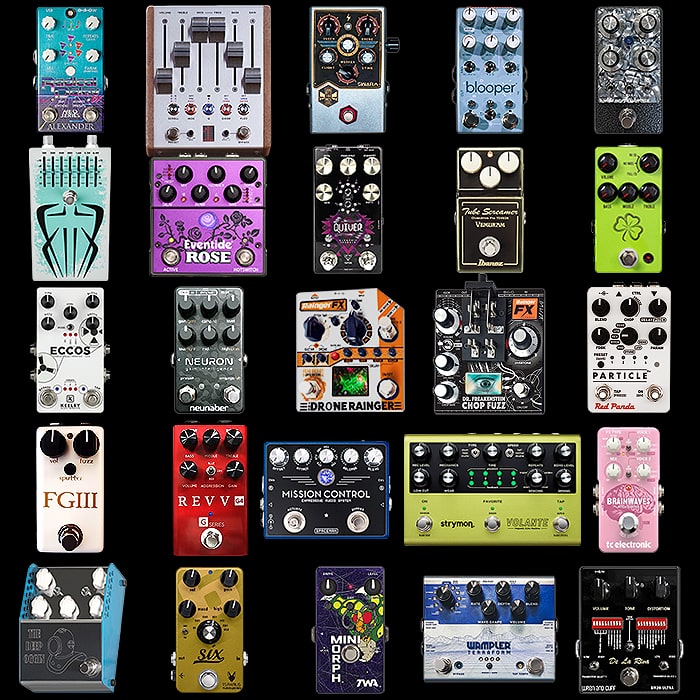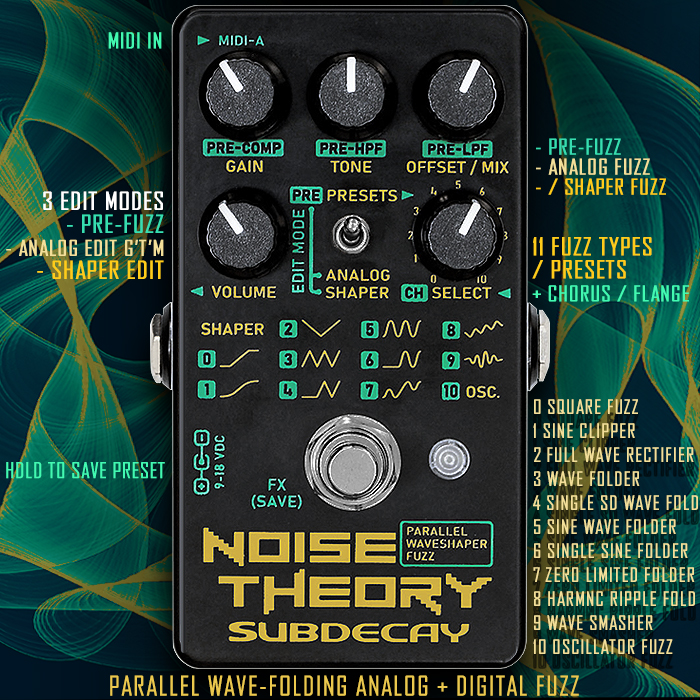2 Shepard Tone Effect Pedals - Korora Audio Spira vs Subdecay Octave Theory
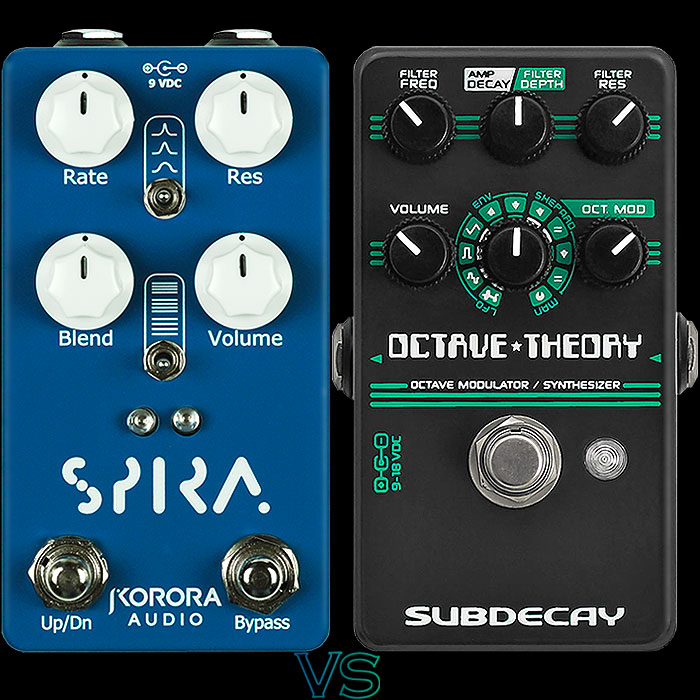
The Shepard Tone Effect is a fairly unique studio effect / modulation created by the magical intersection of octaves and resonant filters - it takes its name from cognitive scientist Roger Shepard who specialised in optical illusions. Wikipedia describes it as a musical illusion where a sound is formed consisting of a superposition of sine waves separated by octaves. When played with the bass pitch of the tone moving upward or downward, it is referred to as the Shepard scale. This creates the auditory illusion of a tone that continually ascends or descends in pitch, yet which ultimately seems to get no higher or lower.
We have two candidates here which deliver the Shepard Tone, and not to be confused with MR Black’s Shepard’s End - which is in fact a Barber Pole Through-Zero Flanger - and quite a different effect. I have featured both of these pedals on the site before and I actually really like both.
The Spira is pretty much all about the Shepard effect - with handy Up/Down second footswitch and unique selectors for filter banks and density. While the Octave Theory has 11 modes across 4 categories - LFO, Envelope, Shepard Tone and Manual - so Shepard Tone there is the significant subset rather than the one and only focus.
Each of these pedals has its own advantages and there is much here to recommend both - as we shall see:
Korora Audio Spira (KororaAudio.com) - $249 (buy direct)
Korora describes its pedal as - 'Spira uses a bank of resonant bandpass filters to create the illusion of a never-ending, layered, overlapping glissando. The glissando effect is produced using the resonance of the filters, and can be applied to any instrument'. The Spira control topology is very clear here - you get 4 dials - Rate | Resonance | Blend | Volume - all very straightforward. You then have 2 x 3-way toggle switches - the uppermost allows you to select degree/s of filter banks - where the filters can be set to operate at 6, 12 or 18dB per Octave, and the Q factor can be set from flat to near oscillation. The lower toggle switch selects the octave spacing or density - with descending density from top to bottom. The pedal also cleverly incorporates a second footswitch to allow you to easily switch direction of effect. All-round this is a really neat and great sounding execution of the Shepard Tone and works amazingly on both clean and driven tones - per the above demo videos. I will definitely be getting this at some stage for a rotation on my now fixed univibe slot - I need to figure out where it sits on my wishlist priorities - but I really like this pedal.
Subdecay Octave Theory (Subdecay.com) - $199/£179 (wider distribution including JoesPedals.com)
Subdecay describes its Octave Theory as the World’s first octave modulator / octave shift pedal and the World’s first Shepard Tone guitar synthesizer. Here you get both LFO and Envelope Octave Shifting which makes this considerably more versatile than the above Spira - while that has more specific settings just for the Shepard Tone effect. Core to the Octave Theory are 11 separate modes across 4 categories - LFO, Envelope, Shepard and Manual. The modes are as follows:
- [LFO] Random : Octave Modulation dial controls modulation speed [AMP Decay]
- [LFO] Double Square : Oct. Mod controls modulation speed [AMP Decay]
- [LFO] Square : Oct. Mod controls modulation speed [AMP Decay]
- [LFO] Triangle : Oct. Mod controls modulation speed [AMP Decay]
- [ENV] Envelope Up : Oct. Mod controls modulation depth [Filter Depth]
- [ENV] Envelope Down : Oct. Mod controls modulation depth [Filter Depth]
- [SHEP] Shepard Tone Down, AMP Priority : Oct. Mod controls octave shift center [AMP Decay]
- [SHEP] Shepard Tone Equal, AMP Priority : Oct. Mod controls octave shift center [AMP Decay]
- [SHEP] Shepard Tone Down, Filter Priority : Oct. Mod controls octave shift center [Filter Depth]
- [SHEP] Shepard Tone Equal, Filter Priority : Oct. Mod controls octave shift center [Filter Depth]
- [MAN] Manual, Filter Priority : Oct. Mod controls octave shift center [Filter Depth]
You have 6 control dials or 5 besides the main mode selector : Filter Frequency | AMP Decay/Filter Depth | Filter Resonance | Volume | Mode Selector | Octave Modulation (Variable). Where AMP means Modulating the Oscillator Output Level, and the AMP Decay and Filter Depth are applied either or per mode as indicated, and where the Octave Modulation varies dependent on mode - also as indicated. The inspiration for this pedal was in the main early 1980's synthesisers with that 8 bit chip tune sound. The Octave Theory was my surprise choice in the recent Guitar Synthesizer pedals overview - and remains a high priority acquisition on my wishlist!
Final Thoughts
Obviously there is a marginal difference in pricing here - but also in availability - which means getting my hands on an Octave Theory is significantly easier and significantly the lesser cost option as I can acquire locally with no further import costs - while for the Spira - it needs to be acquired directly from the maker (USA).
Also from the perspective of usability / ease of use - with the Octave Theory you have variable parameters albeit really on just one dial, but with all the different modes and options the Octave Theory is obviously the more complex offering here and will have a steeper learning curve
That said - I really like both and would probably deploy these somewhat differently. I will almost certainly have both eventually - the Spira as a rotation alternative for my univibe slot, and the Octave Theory probably more typically deployed as a synthesiser / lead style effect rather than modulation - so probably nearer the start of my pedal-chain.
As mentioned on several occasions here I feel there is much to recommend both these approaches and if you just want the Shepard Tone effect - then the Spira is your best choice - while if you want a little more bang for your buck you should go with the Octave Theory. Or else like me - save up for both!




